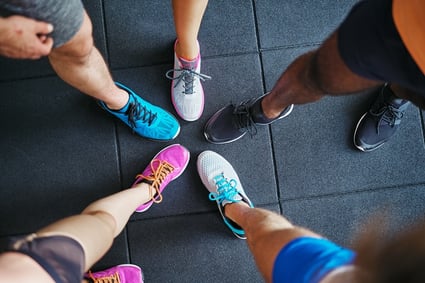 Believe it or not, shoes do serve a higher purpose than just to make a fashion statement—especially when you’re choosing shoes to wear to the gym. Now, my first example is rather obvious, but it gets the point across. Would you ever enter the gym for a workout wearing high heels? That’s for you to answer, but there are safety issues that arise from wearing stilettos to the gym. More specifically, footwear is of concern if any of the big lifts such as squatting, running, jumping, and weightlifting are programmed into your workout.
Believe it or not, shoes do serve a higher purpose than just to make a fashion statement—especially when you’re choosing shoes to wear to the gym. Now, my first example is rather obvious, but it gets the point across. Would you ever enter the gym for a workout wearing high heels? That’s for you to answer, but there are safety issues that arise from wearing stilettos to the gym. More specifically, footwear is of concern if any of the big lifts such as squatting, running, jumping, and weightlifting are programmed into your workout.
Let’s start by laying the ground rules. Given that your footwear is the avenue by which you gain momentum necessary for movement, it is extremely important to be conscious of your goals, your workout, and your footwear. After all, the only object in contact with the floor is your shoes! A wide variety of shoes are made for different surfaces and sports; however, they fall into three basic categories: performance footwear, running footwear, and cross-training footwear. Let’s take a deeper look at each specific type of athletic shoes.
Performance Footwear
First, the broadest category of shoes is performance footwear. This includes shoes engineered for nearly every specific sport, indoors or outdoors. Each shoe is carefully designed for specificity of sport as well as durability of surface, especially at the elite and professional level. A good example is basketball shoes, which are usually high-tops to help prevent ankle sprains. Soccer cleats, track spikes, football and softball cleats, and others all have spikes that can dig into the playing surface to make cuts sharper and aid in injury prevention.
Other specific shoes occasionally seen in a gym setting are powerlifting shoes and Olympic lifting shoes. Powerlifting shoes are low and flat, with a solid sole that is good for deadlifts because it puts you closer to the floor. It also allows you to push through the whole foot throughout the entire lift. Conversely, Olympic lifting shoes are made with a slight heel to allow athletes better mobility during lifts such as a squat and snatch, where lack of mobility would decrease performance drastically. They are also designed with a solid surface for the sole, tailored to the demands of the sport.
Running Footwear
The next type is the running shoe. Keep in mind that not one foot is the same size or shape, perhaps not even your other foot. Therefore, sizing can be difficult.
A standard running shoe tends to be manufactured with more cushion than other shoes, which in turn allows for less force on the hip and knee joints when running. The shoe design should offer sufficient traction needed to grip the surface and optimum weight distribution in order to ensure safety. They are ergonomically designed to absorb the ground-force reaction when the mid-foot strikes the ground, instead of sending the shockwave up the shin to the leg, commonly known to cause shinsplints.
Cross-training Footwear
Last is the training shoe, also known as the cross-trainer. This shoe is the most versatile of the three and can be used for small amounts of running, jumping, and lifting, but is mainly used to do lateral movement as well as plyometric workouts. Because the shoe is primarily a lower shoe with good support, it is made so you cannot easily roll your ankle or twist your knee when planting your foot into the ground to change direction as quickly as possible.
***
Choosing the right equipment for your workout is very important, so know the different types of shoes and choose the ones that are best for the activity that you will be doing.
This blog was written by Cara Hartman, NIFS Health Fitness Instructor. To find out more about the NIFS bloggers, click here.


 Having something come up that changes your routine or throws off your groove can be frustrating or disheartening because, let’s be honest, we all have things that we want to do. Looking at this from an athlete’s point of view is a little different than that of the general public.
Having something come up that changes your routine or throws off your groove can be frustrating or disheartening because, let’s be honest, we all have things that we want to do. Looking at this from an athlete’s point of view is a little different than that of the general public. When I discuss working out and fitness with others, one question that I normally ask is, “What are your goals?” and “What does your training look like?” Most times, there will be two responses. The first is from people who are casually exercising without a plan. If you are currently this type of person, don’t get me wrong, it’s good that you are being active, but what if I told you that there is a quicker way to achieve the results that you want?
When I discuss working out and fitness with others, one question that I normally ask is, “What are your goals?” and “What does your training look like?” Most times, there will be two responses. The first is from people who are casually exercising without a plan. If you are currently this type of person, don’t get me wrong, it’s good that you are being active, but what if I told you that there is a quicker way to achieve the results that you want? In 2010 as part of the Affordable Care Act, it was required that all chain restaurants, groceries, and convenience stores post their calories for customers to see. Some started right away, and you might have noticed them pop up at Starbucks or McDonalds over the years. However, on May 7, 2018, it finally took effect that all food sellers with more than 20 locations now
In 2010 as part of the Affordable Care Act, it was required that all chain restaurants, groceries, and convenience stores post their calories for customers to see. Some started right away, and you might have noticed them pop up at Starbucks or McDonalds over the years. However, on May 7, 2018, it finally took effect that all food sellers with more than 20 locations now 
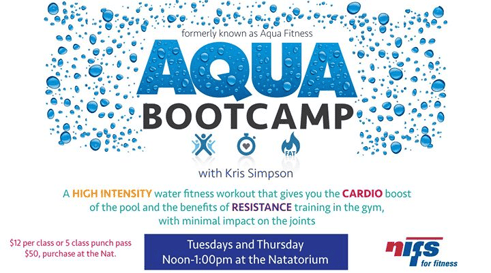
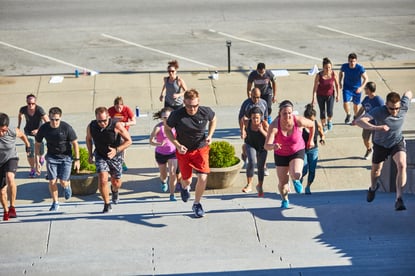 I want powerful legs! I want to increase my endurance! I want stronger and well-toned abs! I want toned arms! I don’t want to spend endless hours in the gym! Sound familiar? Chances are you have wanted these things at some point in your fitness journey. The great news is that all these are very possible to achieve, and you get them all in one stop.
I want powerful legs! I want to increase my endurance! I want stronger and well-toned abs! I want toned arms! I don’t want to spend endless hours in the gym! Sound familiar? Chances are you have wanted these things at some point in your fitness journey. The great news is that all these are very possible to achieve, and you get them all in one stop.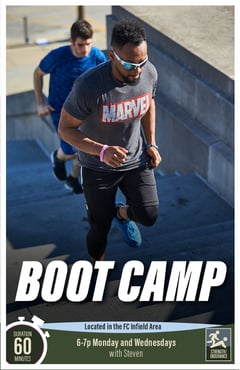
 There are so many different types of races out there to challenge yourself with this summer. Maybe you are signed up for a
There are so many different types of races out there to challenge yourself with this summer. Maybe you are signed up for a 
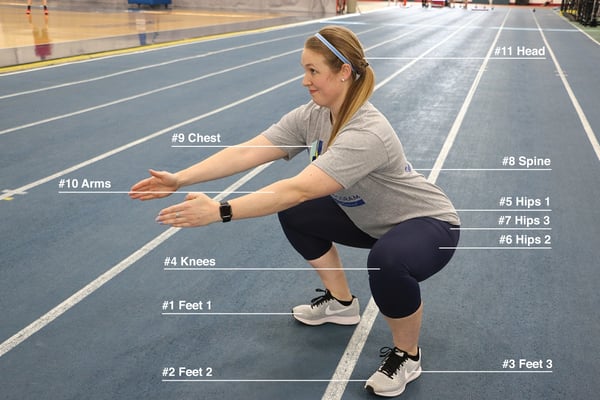
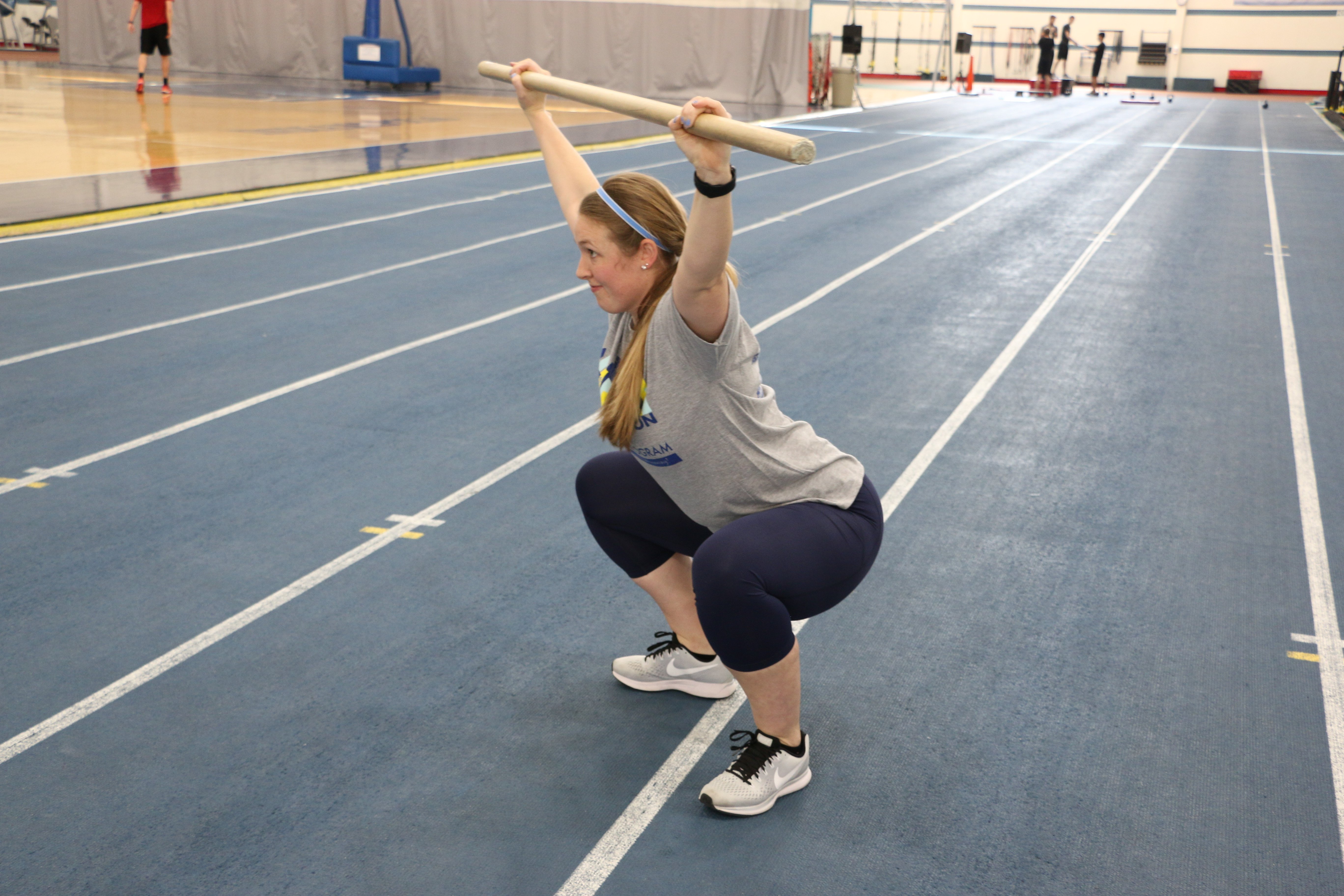
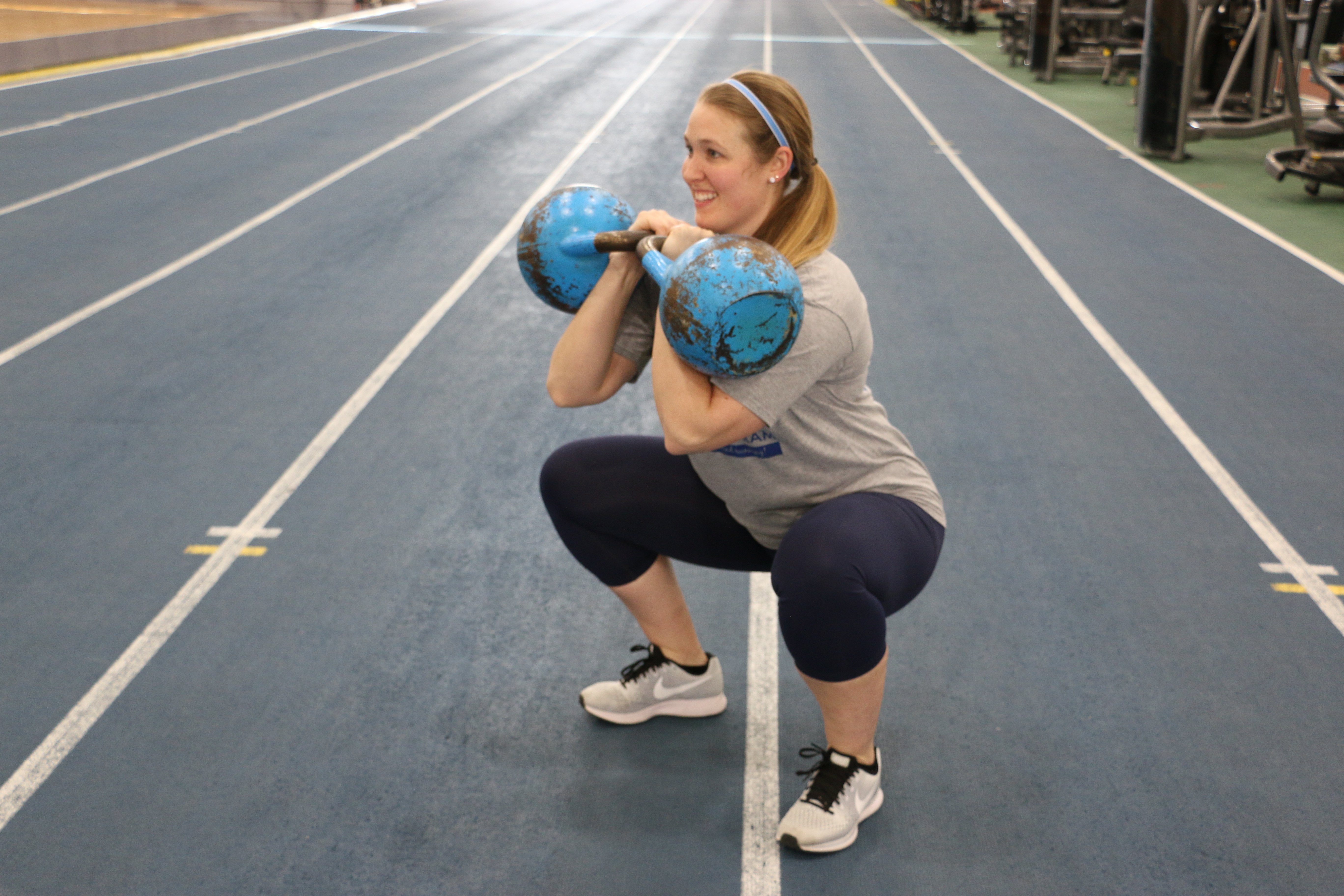
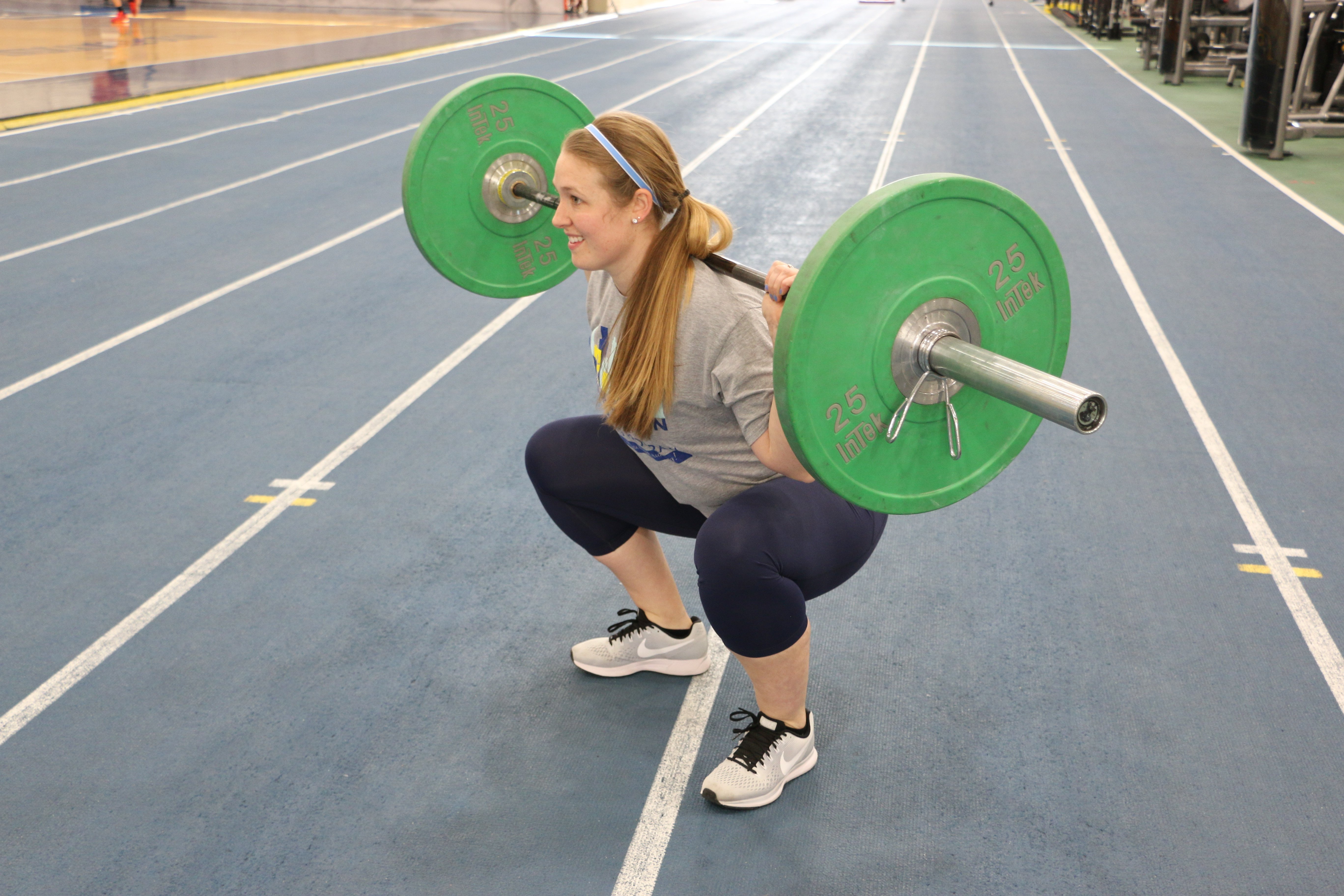
 One of my favorite things to do once it’s summer in Indiana is visit the various farmers’ markets around town. As a dietitian, I’m a sucker for the fresh
One of my favorite things to do once it’s summer in Indiana is visit the various farmers’ markets around town. As a dietitian, I’m a sucker for the fresh 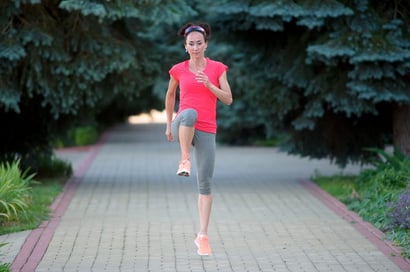 You might think that skipping the warm-up when you work out isn’t that serious. You only have so much time to get your work out in, so you think, “My warm-up was walking in here,” and “I don’t have enough time!”
You might think that skipping the warm-up when you work out isn’t that serious. You only have so much time to get your work out in, so you think, “My warm-up was walking in here,” and “I don’t have enough time!”